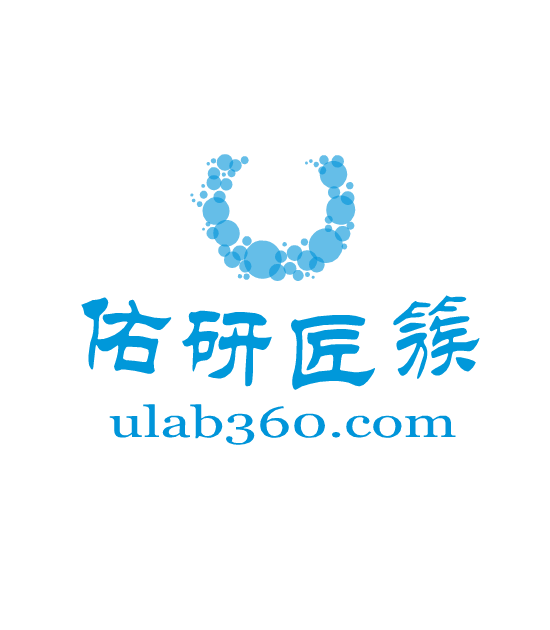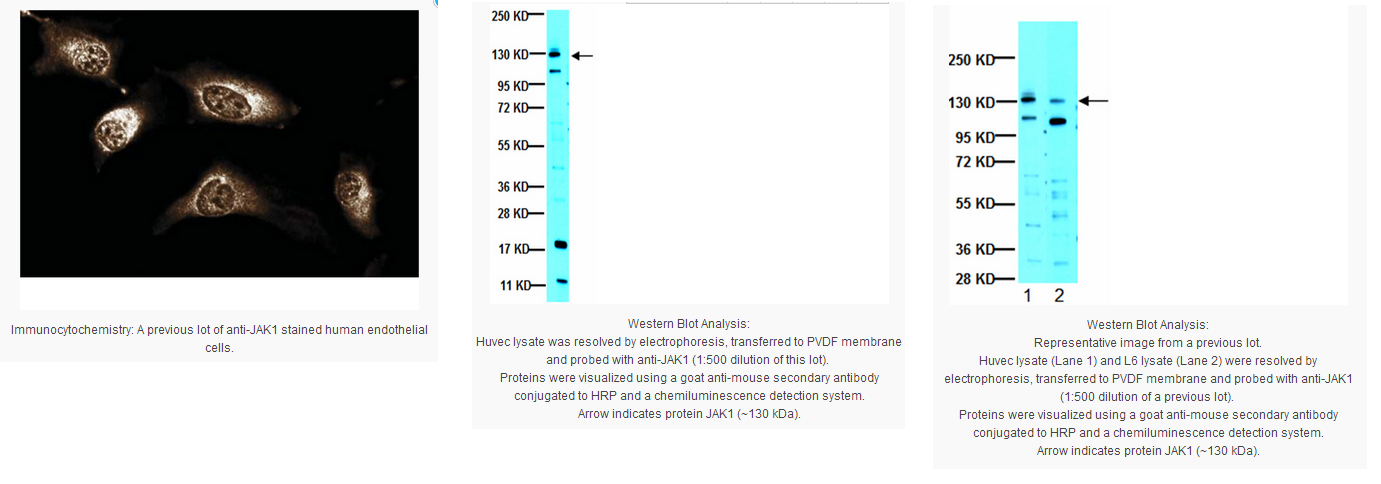

 |
|
||||||||||||||||||||||||||
描述:
| Species Reactivity | Key Applications | Host | Format | Antibody Type |
|---|---|---|---|---|
| H, Ch, Xn, Ca, R, M | WB, IF, IP | M | Purified | Monoclonal Antibody |
| Packaging Information | |
|---|---|
| Material Size | 100 µg |
原厂资料:
| Species Reactivity | Key Applications | Host | Format | Antibody Type |
|---|---|---|---|---|
| H, Ch, Xn, Ca, R, M | WB, IF, IP | M | Purified | Monoclonal Antibody |
| Packaging Information | |
|---|---|
| Material Size | 100 µg |
说明书
参考文献
本产品可用于的实验
京ICP备15036693号-2  京公网安备11010802025653 版权所有:北京逸优科技有限公司
2.26
京公网安备11010802025653 版权所有:北京逸优科技有限公司
2.26



